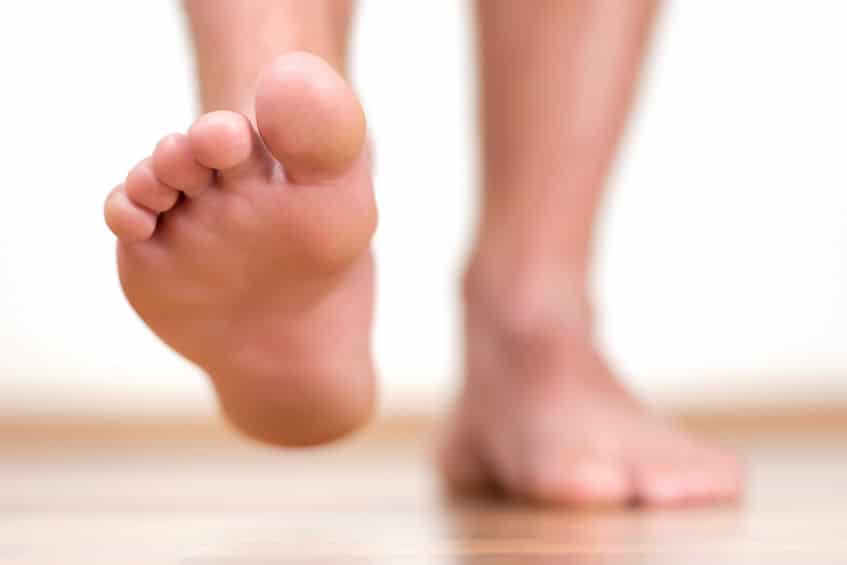
If you’re suffering with chronic foot pain, then one of the possible causes might be fallen arches. This problem, sometimes referred to as ‘flat feet’, is incredibly common, and, if addressed appropriately, needn’t be a life-long issue to contend with.
What are Fallen Arches?
It’s generally quite easy to identify whether or not you’re suffering from flat feet, though if you’re in doubt, you may prefer to talk to a health care professional.
The term ‘flat feet’ refers to the dropping of the curving arch that connects your sole to your heel, and if it appears unusually close to the floor, then chances are, it’s a fallen arch.
There are two types of fallen arches; flexible flat foot, which only manifests itself when the foot is in contact with the floor, and rigid flat foot, which is evident at all times.
Who is at Risk from Suffering with Fallen Arches?
If you notice that your young child appears to be flat footed, don’t worry, this is perfectly normal. The arch of the foot takes time to form properly, and isn’t usually in place until around 8 or 9 years of age.
Generally, most sufferers of fallen arches are over the age of 40, though this isn’t a rule set in stone. Here is a list of those who are more likely to suffer from flat foot:
- Those carrying excess weight: Obesity is a significant factor in causing flat feet.
- Diabetics: Diabetics are at greater risk of suffering with fallen arches.
- Athletes: Those who put continual pressure on their feet, doing high impact sports such as running, also stand a greater chance of developing flat feet.
- Wearers of high-heels: More commonly, high heeled shoes cause high arches (also a significant issue), but occasionally, ill-fitting stilettos and kittn heels can also cause fallen arches.
What to Do if You Suspect that You Have Fallen Arches
If you think that you might be suffering from flat feet, then don’t worry, as it is a fairly easy issue to resolve. Here are some steps you can take to help alleviate your foot pain; though remember, if the pain is severe or has lasted a particularly long time, it is advisable to have the foot examined by a medical professional:
- Rest the foot: If you’re taking part in an activity that is exacerbating the problem, such as running, then take some time off to relax and rest the foot properly, and allow it to recover.
- Frozen compress: If you’re suffering from foot pain, help relieve your symptoms with a cold compress, such as a frozen packet of peas.
- Lose weight: If you’re overweight, losing some of the excess pounds can really help to improve the condition of your feet.
- Invest in properly fitting shoes: Ill-fitting shoes are a major contributing factor, so if you haven’t done so already, book an appointment at your local Foot Solutions store for a thorough gait analysis. They also have a wide range of comfort shoes and orthotics, and are able to provide helpful advice on the correct comfort shoes for you.
As with any type of foot pain, don’t ignore it. If treated early, fallen arches are easy to resolve, leaving you with healthy, pain free feet.













